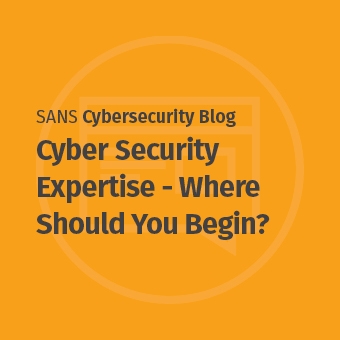Mimecast Targeted Threat Protection
The FBI estimates that between October 2013 and August 2015, more than 7,000 U.S.-based organizations lost a total of $748 million to business email scams.
Recipients open an average of 30% of phishing emails, according to the 2016 DBIR, which makes email a great way to transport malware, but also allows the growth of exploits that are decidedly nontechnical in nature. Most rely on the same tricks as confidence artists in the real world: the appearance of legitimacy and the tendency of victims to go along with requests that appear to be on the up-and-up, without checking to be sure.
In this webcast, SANS senior analyst Jerry Shenk will discuss his evaluation of Targeted Threat Protect, an email-security service from Mimecast that is one of a number that are focused on stopping sophisticated phishing attacks. Among its most difficult targets: 'whaling ' attacks using spoofed accounts and credible-sounding background to spoof high-level executives asking for sensitive data, access or the transfer of money to accounts owned by scammers. Mimecast added a service called Impersonation Protect in March to bolster its Targeted Threat Protection email-security service, which scans and filters more than 180 million emails per day looking for malware, viruses and other typical dangers as well as indications that what an email says to users who open it might be more dangerous than anything it can do on its own.
Click here to be among the first to receive the associated product review written by SANS senior analyst Jerry Shenk. Jerry has long experience writing SANS reviews of systems designed to stop spam, scams and other email-borne threats.



